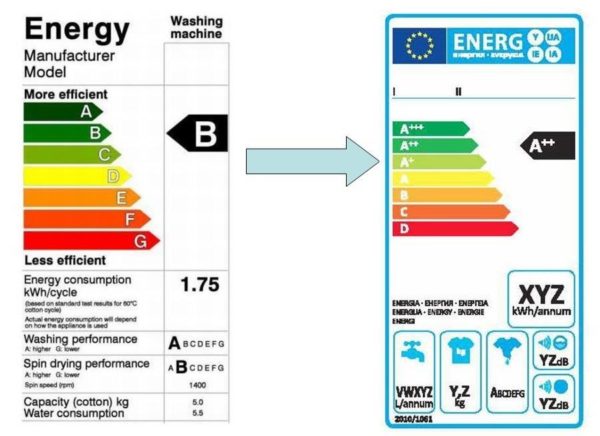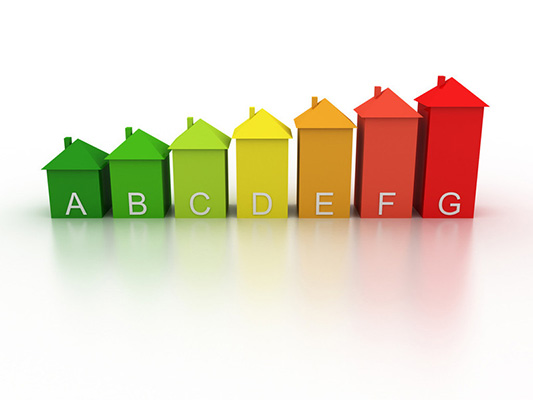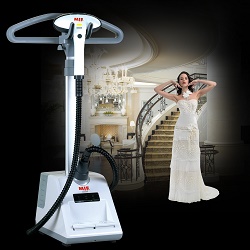Which is better to choose the class of washing in washing machines
Choosing a washing machine - a very important process, so it is necessary to approach it deliberately and as responsibly as possible. Naturally, any potential buyer wants to use their household appliances as long as possible, so you need to have an idea of the functions that will be systematically used in the machine. Before you go shopping, it is imperative to find out which washing class is better in washing machines. This is one of the main criteria for the acquisition, along with other evaluative qualities.
Standard Wash Classification
Each washing machine that you can see on sale has special stickers with a classification of the level of washing and spinning applied on them. It is denoted by Latin letters from “A” to “G”.Modern models may have designations with a number of pluses, for example, “A +++”. This suggests that washing machines are becoming more efficient.

The effectiveness of washing is determined by comparing the two indicators of the focus group (reference machine) to the subject. The reference unit is created exclusively by authorized manufacturers who are very strict with European quality requirements. In such a unit is loaded clothes with varying degrees of contamination. The rate of powder per wash is exactly 180 grams. A specific wash cycle is selected. Further, with the help of special ultra-precise instruments, the quality of washing in the test and reference groups is assessed.
On this basis, an index is created of the effectiveness of washing relative to the tested machine to the focal:
- “A” -> 1.03.
- "IN 1.
- “C” - 0.97.
- “D” - 0.94.
- “E” - 0.91.
- “F” - 0.88.
- “G” - <0.88.
Thus, a class A washing machine is capable of washing clothes 1.03 times more efficiently.

Separately, I would like to note that in practice the difference between the classes "A" and "B" is quite noticeable.
Standard spin classification
The moisture index of the laundry after the spin process is as follows:
- "A" - <45%.
- "B" –45-54%.
- "C" - 54-63%.
- "D" –63-72%.
- "E" –72-81%.
- "F" –81-90%.
- “G” -> 90%.
Thus, the highest-class washing machine will press off linen by more than 55%.
Both washing and spinning are mainly influenced not only by the number of rotations of the drum, but also by its method. There are some modes when not only the speed changes, but also the principle of rotation itself.

Which class to choose
Well proven class A washing machines and higher. In their case, there are practically no complaints about the washing process, as they are able to cope with the most complex stains on delicate fabrics. The difference is only in appearance, cost and a set of additional functions.
But as for selection of spin classthen it is not so simple, as it may seem at first glance. It should be noted that there is almost no point in buying a machine, where the spinning will occur at a level above 1000 revolutions, since this will correspond to about 60% of the laundry humidity, which is quite enough, because the humidity in the apartment is about the same.
We must not forget that cars with a large number of revolutions will certainly be more expensive.But on the practical side of the question they are much better..
Pay attention to the fact that too high revolutions can simply damage the linen or wear it faster. In addition, after washing, they will be dented, which is why the subsequent ironing is simply inevitable. It is best to focus on quality and not to strive for the highest possible rates, since in most cases they turn out to be unjustified. Correctly choose the manufacturer of the washing machine will help our article.

/rating_off.png)












